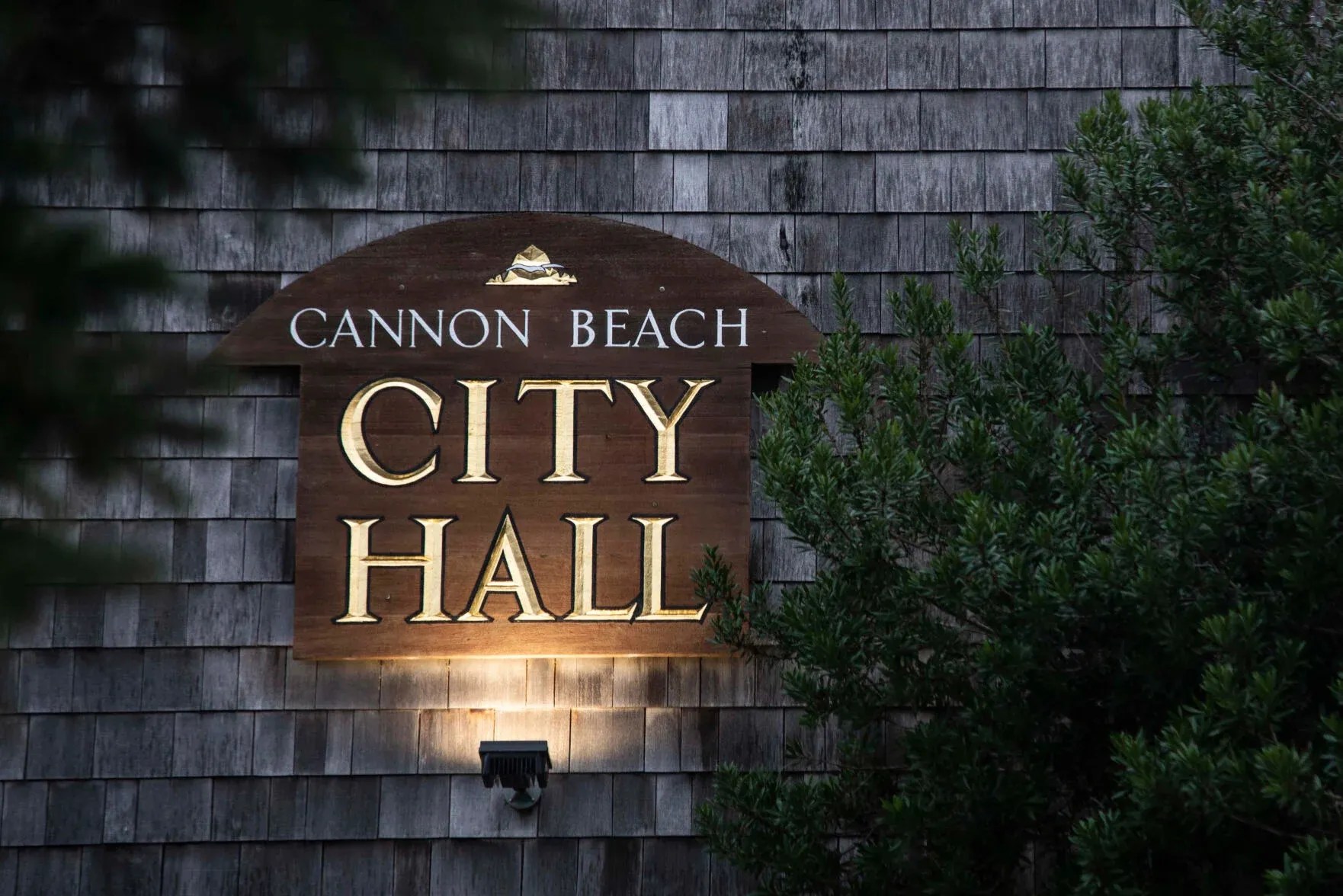IN THE GARDEN: Summer bulbs pack razzle-dazzle
Published 5:00 pm Wednesday, June 23, 2004
It’s officially summer, and the garden calls for summer bulbs.
Growing showy summer bulbs is the perfect way to add color to your garden. Place these performers by walks, drives and doorways, as the focal points of perennial beds, or anywhere you want razzle-dazzle.
Following is a sampling of easy-to-grow, big-impact bulbs for the summer garden. Because it’s best to plant many of these beauties in spring, you can find many of them as potted plants. Still, you do have some time to pop a few gladioli into a border.
Agapanthus – Each bulb produces a low whorl of lanky leaves and 15 to 50 tall slim stems topped by masses of blue or white florets which bloom for months on end. The effect is highly dramatic in massed landscape plantings (in warm zones) and in container plantings too. Best in full sun.
Begonias – For shady spots, tuberous begonias reign. Their velvety, densely-petaled blossoms on strong stems glimmer in dim light, looking ever so much like camellias (though some varieties tend more towards carnations or roses). Begonias come in sumptuous colors ranging from rich to pastel in shades of apricot, yellow, rose, red, white, champagne, orange and bi-colors.
Caladiums – Big-leaved caladiums are perfect plants for mass plantings in shaded areas or bright filtered light, whether in the garden or containers. Caladiums are especially effective where their graceful leaves soften harsh or barren settings. These days the available color range is staggering. Leaf colors can be found in all-green, magenta edged in green, celadon with pink spots, fuchsia splashed with red, white with green veins, and more.
Callas (Zantedeschia) – These bulb flowers have no relation to lilies and are more properly called simply callas. Callas can be found in white, pink, green, yellow, yellow-and-red, lavender, burgundy and rust. For a glorious pond plant, try Calla aethiopica.
Cannas – Upright and broad-leaved, cannas excel as vertical accents in the summer garden. Tropical cannas are available large (10-foot) and small (two-foot) with foliage in green, brown, black, grey, burgundy, striped and decoratively mottled. They’re a best bet to anchor container plantings. In the garden, plant clusters of cannas as focal points or backdrops to other plantings. Cannas also thrive in pond and bog settings. Plant in full sun or filtered light.
Dahlias – No buts about it, dazzling dahlias are the “tulips of the summer garden.” Unlike tulips, dahlias give you more flowers if you cut them – the more you cut, the more flowers they produce. How about that! Plant in garden beds or large pots, in full sun or partial shade.
Elephant Ears – For a tropical effect, try Elephant Ears. There are three different kinds: Alocasia, Colocasia esculenta (taro), and Xanthosoma. They offer a range of large leaf types, size and colors from green to grey to black and bi-colors. Each is superb as a singular garden focal point and even better paired with canna, caladium and other leafy tropical plants. Group containers to create a cool green oasis or to soften harsh settings with huge foliage. They are also good as pond plants. Plant in shade or bright filtered light.
Gladioli – Available in tall or short versions (12 to 24 inches or 18 to 36 inches), gladioli’s long upright stems bear lush racemes of alternating blossoms that bloom in sequence. The large fluttering flowers are found in endless colors. Perfect choices for summer cutting gardens, glads are also highly effective as vertical accents in the border when planted in clusters amid the supporting “arms” of perennials, shrub roses and other upright plants. Plant in full sun. To extend the bloom season, add more bulbs to your plantings every week or two.
Lilies – Unlike summer bulbs that are frost-sensitive characters, lilies are tough. Winter-hardy lilies can be planted in fall or spring. They will perennialize even in colder climates to come back in the garden for years. Plant them in full sun or partial shade. Asiatics bloom early to mid-summer, fragrant Orientals bloom later in the season.
Cathy Peterson belongs to the Clatsop County Master Gardener Association. “In the Garden” runs weekly in Coast Weekend. Please send comments and gardening news to “In the Garden,” The Daily Astorian, P.O. Box 210, Astoria, OR 97103 or online to peterson@pacifier.com





